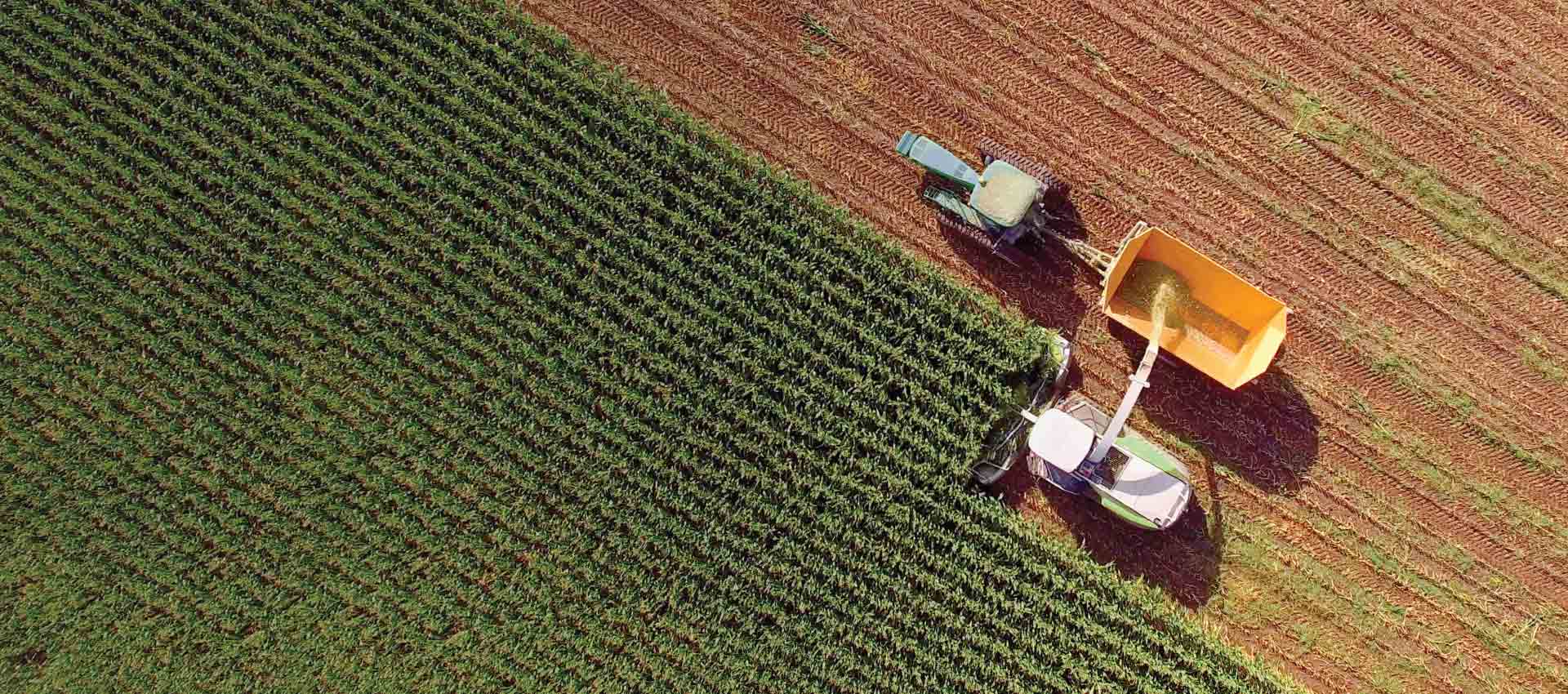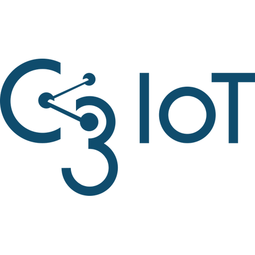
技术
- 分析与建模 - 机器学习
- 功能应用 - 制造执行系统 (MES)
适用行业
- 教育
- 食品与饮料
适用功能
- 采购
- 仓库和库存管理
用例
- 添加剂制造
- 需求计划与预测
服务
- 数据科学服务
- 系统集成
客户
未披露
关于客户
一家全球农业综合企业和食品制造商经营着 8 条生产线,每年生产超过 8000 万磅的食品,涉及 90 多种产品代码和各种原材料。
挑战
该公司曾尝试使用传统的需求预测解决方案来应对预测挑战,该解决方案依赖于通常每周生成需求预测的统计算法。然而,鉴于食品的保质期短,销售订单在很短的交货时间内就被发送到工厂,有时是每天一次。
该公司采购了额外的基于规则的解决方案来改进生产计划,但在尝试优化计划时遇到了挑战,未能显着改善制造运营。
解决方案
为了应对这些挑战,这家全球食品制造商决定配置 C3 AI 需求计划和 C3 AI 生产计划优化应用程序。
C3 AI 团队首先摄取、清理和统一 18 个不同的数据源,包括历史需求预测、订单历史数据、生产历史、制造规格和历史库存水平,包括 7200 万行数据。
为了生成最优的生产排程,C3 AI 团队随后配置了 C3 AI 生产排程优化,根据最新的可用数据自动生成排程,使排程人员生成排程的时间减少 96%。
最后,C3 AI 团队配置了跨 C3 AI 需求计划和 C3 AI 生产计划优化的用户界面,使用户能够查看关键制造 KPI
运营影响
数量效益

Case Study missing?
Start adding your own!
Register with your work email and create a new case study profile for your business.
相关案例.

Case Study
The Kellogg Company
Kellogg keeps a close eye on its trade spend, analyzing large volumes of data and running complex simulations to predict which promotional activities will be the most effective. Kellogg needed to decrease the trade spend but its traditional relational database on premises could not keep up with the pace of demand.

Case Study
HEINEKEN Uses the Cloud to Reach 10.5 Million Consumers
For 2012 campaign, the Bond promotion, it planned to launch the campaign at the same time everywhere on the planet. That created unprecedented challenges for HEINEKEN—nowhere more so than in its technology operation. The primary digital content for the campaign was a 100-megabyte movie that had to play flawlessly for millions of viewers worldwide. After all, Bond never fails. No one was going to tolerate a technology failure that might bruise his brand.Previously, HEINEKEN had supported digital media at its outsourced datacenter. But that datacenter lacked the computing resources HEINEKEN needed, and building them—especially to support peak traffic that would total millions of simultaneous hits—would have been both time-consuming and expensive. Nor would it have provided the geographic reach that HEINEKEN needed to minimize latency worldwide.

Case Study
Energy Management System at Sugar Industry
The company wanted to use the information from the system to claim under the renewable energy certificate scheme. The benefit to the company under the renewable energy certificates is Rs 75 million a year. To enable the above, an end-to-end solution for load monitoring, consumption monitoring, online data monitoring, automatic meter data acquisition which can be exported to SAP and other applications is required.

Case Study
Coca Cola Swaziland Conco Case Study
Coco Cola Swaziland, South Africa would like to find a solution that would enable the following results: - Reduce energy consumption by 20% in one year. - Formulate a series of strategic initiatives that would enlist the commitment of corporate management and create employee awareness while helping meet departmental targets and investing in tools that assist with energy management. - Formulate a series of tactical initiatives that would optimize energy usage on the shop floor. These would include charging forklifts and running cold rooms only during off-peak periods, running the dust extractors only during working hours and basing lights and air-conditioning on someone’s presence. - Increase visibility into the factory and other processes. - Enable limited, non-intrusive control functions for certain processes.

Case Study
Temperature Monitoring for Restaurant Food Storage
When it came to implementing a solution, Mr. Nesbitt had an idea of what functionality that he wanted. Although not mandated by Health Canada, Mr. Nesbitt wanted to ensure quality control issues met the highest possible standards as part of his commitment to top-of-class food services. This wish list included an easy-to use temperature-monitoring system that could provide a visible display of the temperatures of all of his refrigerators and freezers, including historical information so that he could review the performance of his equipment. It also had to provide alert notification (but email alerts and SMS text message alerts) to alert key staff in the event that a cooling system was exceeding pre-set warning limits.

Case Study
Coca-Cola Refreshments, U.S.
Coca-Cola Refreshments owns and manages Coca-Cola branded refrigerators in retail establishments. Legacy systems were used to locate equipment information by logging onto multiple servers which took up to 8 hours to update information on 30-40 units. The company had no overall visibility into equipment status or maintenance history.



